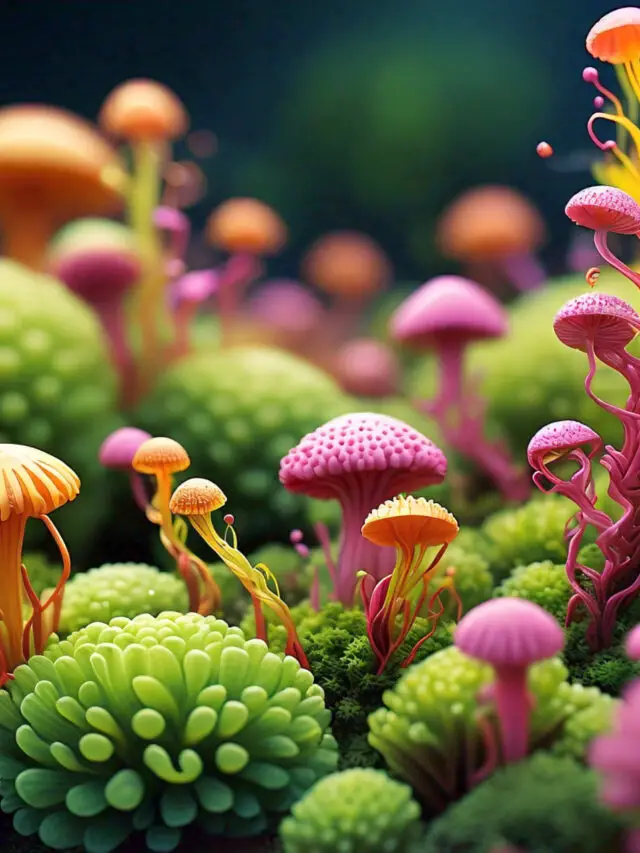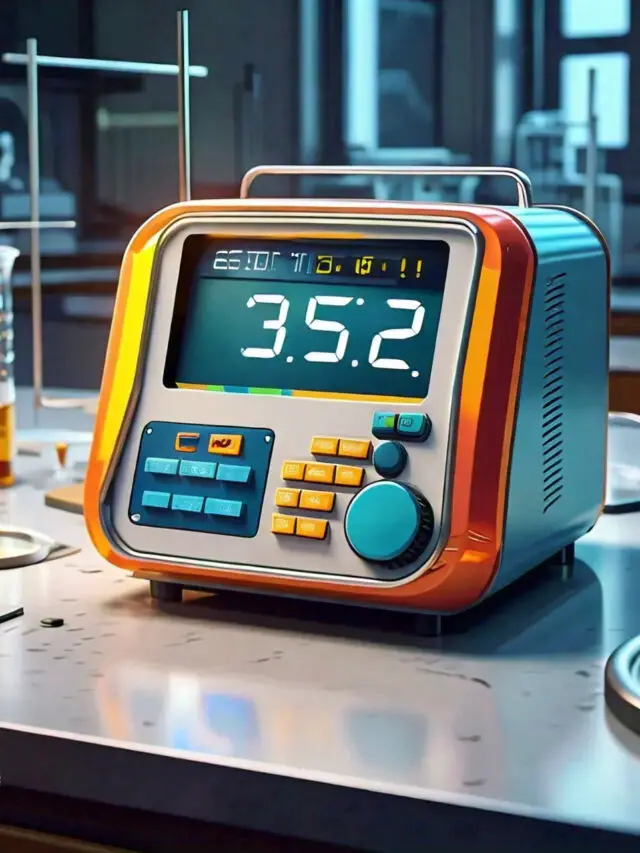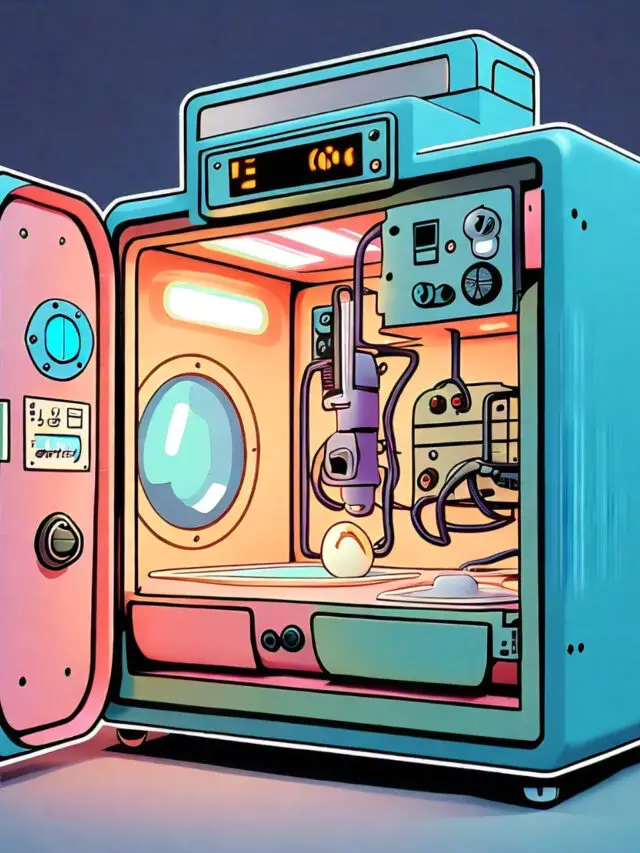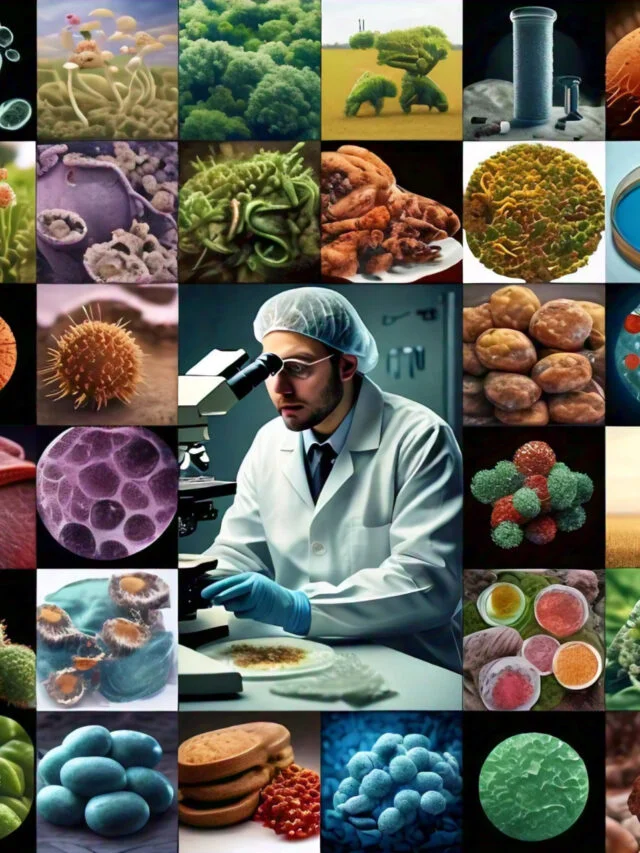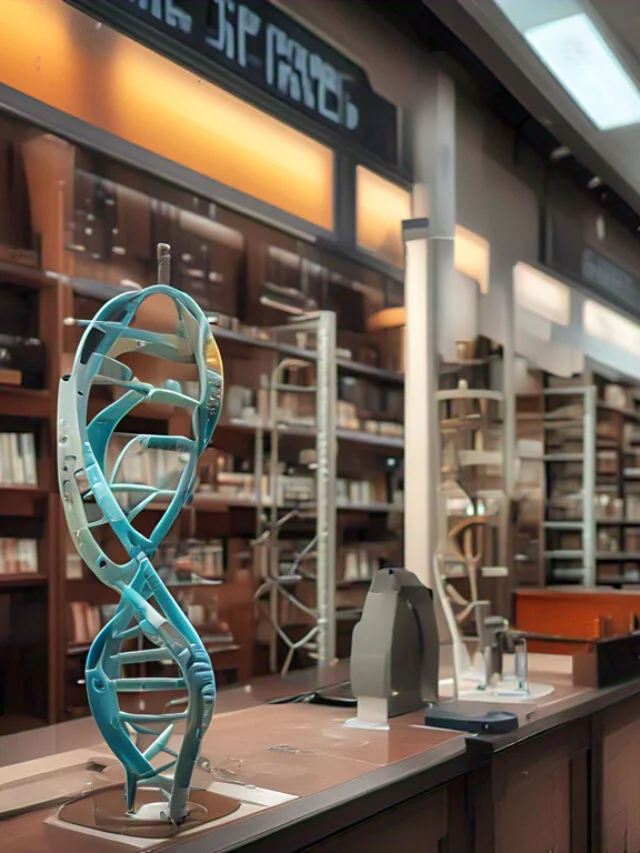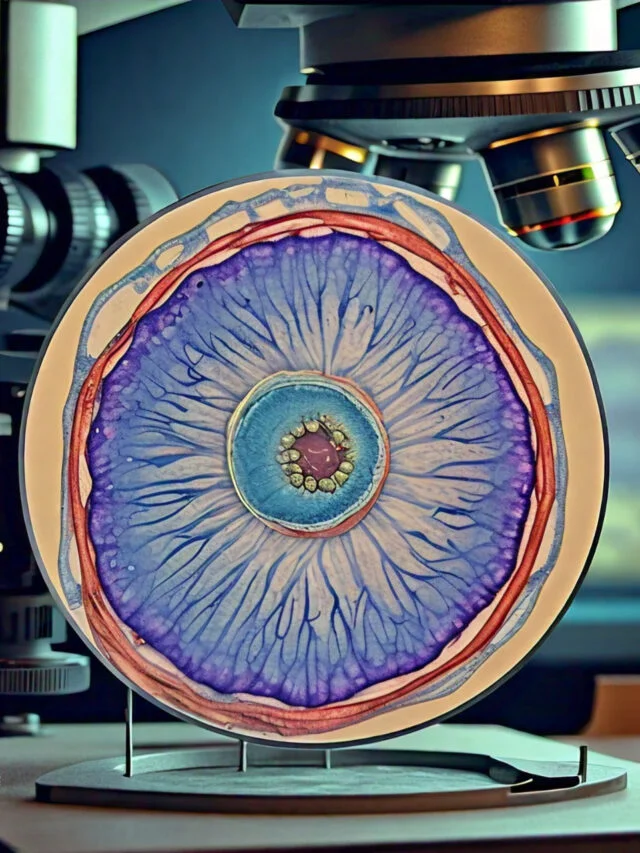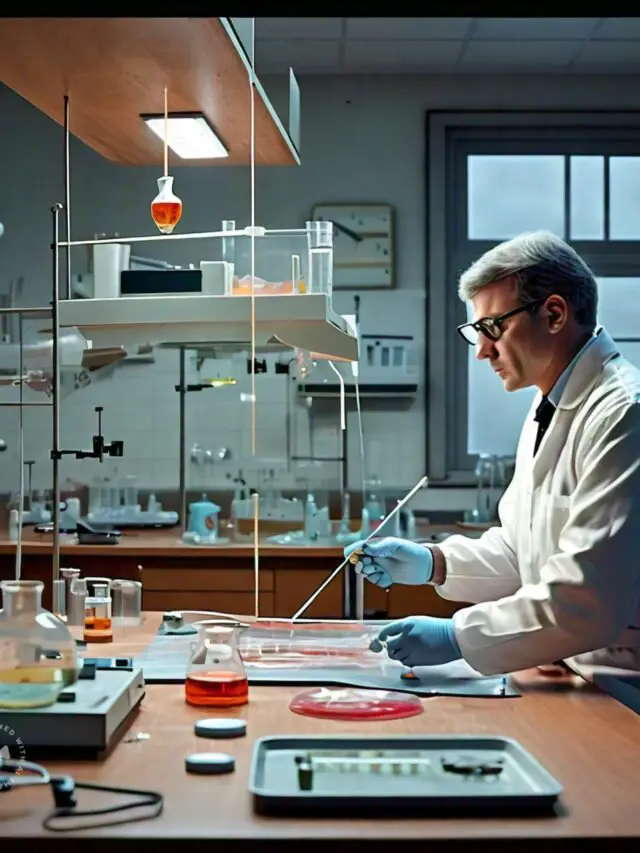Contents
Definition of Bacteria
Bacteria are unicellular, prokaryotic organisms, that lack a true nucleus and contain a few membrane-less cell organelles.
- Bacteria appear about 3.5 billion years ago on earth, hence they were the first organism on earth.
- Bacteria can be autotrophs or heterotrophs depends on the species. Some of them get their nutrition from photosynthesis whereas others get their nutrients from the host cell.
- Their size shape, color, and habitats are variable.
- There are threes shape of bacteria such as spherical (e.g., cocci), rod-shaped (e.g., Vibrio), and spiral (e.g., Spirochetes).
- They reproduce by binary fission or conjugation.
- Bacteria are divided into two groups based on their nature of cell walls such as Gram-positive and Gram-negative bacteria.
- All bacteria are not pathogenic some of them are harmless or even beneficial.
- Some harmless or beneficial bacteria help in the decomposition of organic matters and also helps in the industrial processing of cheese, curd, and yogurt, or other fermented products.
- The harmful bacteria can cause tuberculosis, salmonella, strep throat, and spoilage of food.
- The components of bacteria are; Glycocalyx, Nucleoid, Pilus, Mesosomes, Flagellum, Cell Wall, Fimbriae, Inclusion/Granules, Ribosomes, Cell membrane, Endospore.
Definition of Fungi
Fungi are multicellular eukaryotic organisms that don’t produce their food on their own and are characterized by the chitinous cell wall.
- They appear on earth about 900 million years ago and are derived from the protists.
- They contain hyphae, it is a thread-like structure.
- They form mycelium when their hypha grows and forms a thick mass.
- They reproduce sexually as well asexually.
- Fungi get their nutrients from autotrophs and as well as from the dead and decaying materials.
- There are present both harmful and harmless fungi. The harmless fungi are used for the production of antibiotics or as a food and for making bread.
- In ecosystem, they help in the conversation of complex organic compounds to simple inorganic compounds.
- They can be free-living or may appear in a parasitic or symbiotic relationship with others.
- The components of fungi are; Nucleus, Cytoplasm, Mitochondria, Golgi Apparatus, Lysosomes and peroxisomes, Endoplasmic Reticulum, Cell Wall, Cytoplasmic Membrane/Plasma Membrane, and Ribosomes.
Key Differences Between Bacteria and Fungi
| Topic | Bacteria | Fungi |
| Definition | Bacteria are unicellular, prokaryotic organisms, that lack a true nucleus and contain a few membrane-less cell organelles. | Fungi are multicellular eukaryotic organisms that don’t produce their food on their own and are characterized by the chitinous cell wall. |
| Prokaryotes/Eukaryotes | Bacteria are Prokaryotic cell. | Fungi are Eukaryotic cell. |
| Single-celled/Multi-celled | Bacteria are Single-celled. | Fungi are Multi-celled. |
| Organelles | Absent | Present |
| Nucleus | Absent | Present |
| Cell wall Composition | Made up of peptidoglycan. | Made up of chitin. |
| Cell Membrane | Present below the cell wall. | Present. |
| Shapes | Three shapes are found such s spiral, round, and rod shape. | Vary in shapes, but most of them are in the form of the thread-like structure called hyphae. |
| Reproduction | Asexual. | Sexually or asexually. |
| Motility | Move through flagellum. | They are non-motile. |
| Derive energy from | Bacteria obtain energy from sugars, proteins, and fats. | Fungi obtain their energy from the used and pre-existing sources present in an environment. |
| Presence of sterol | Absent, except mycoplasma | Present in cell membrane. |
| Mode of nutrition | Can be autotrophs, but usually heterotrophs. | Heterotrophs, usually feed on the dead and decayed matter. |
| Optimum pH for Growth | Neutral 6.7- 7 | Acidic Atmosphere 4-6 |
| Producer/Decomposer | Can be both producer and decomposer | Decomposer |
| Resistance | Griseofulvin | Antibiotics such as Penicillium, chloramphenicol, etc. |
| Host | They do not need a host to grow. | They grow their own. |
| Disease caused by them | Tuberculosis, rabies, leprosy, tetanus, diphtheria, strep throat, leprosy, pertussis, cholera. | Athlete’s foot, aspergillosis, aspergilloma, allergic bronchopulmonary, etc. |
| Example | Coccus, Bacillus, Spirillum, Rickettsia, and Mycoplasma, etc. | yeasts, rusts, smuts, mildews, molds, and mushrooms. |
Further Reading
- Top 22 Difference Between Bacteria and Virus
- Difference Between Virus and Viroids
- Differences Between Viroids and Prions
Related Posts
- Difference Between Homologous Chromosomes and Sister Chromatids
- Difference between Monocarpic and Polycarpic Plants
- Differences Between Poisonous and Non-poisonous Snakes
- Differences Between Sensitivity, Specificity, False positive, False negative
- Anabolism vs Catabolism – Differences Between Anabolism and Catabolism

